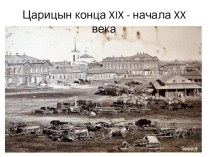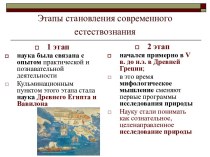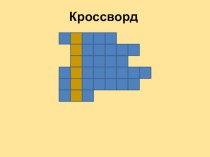- Главная
- Разное
- Бизнес и предпринимательство
- Образование
- Развлечения
- Государство
- Спорт
- Графика
- Культурология
- Еда и кулинария
- Лингвистика
- Религиоведение
- Черчение
- Физкультура
- ИЗО
- Психология
- Социология
- Английский язык
- Астрономия
- Алгебра
- Биология
- География
- Геометрия
- Детские презентации
- Информатика
- История
- Литература
- Маркетинг
- Математика
- Медицина
- Менеджмент
- Музыка
- МХК
- Немецкий язык
- ОБЖ
- Обществознание
- Окружающий мир
- Педагогика
- Русский язык
- Технология
- Физика
- Философия
- Химия
- Шаблоны, картинки для презентаций
- Экология
- Экономика
- Юриспруденция
Что такое findslide.org?
FindSlide.org - это сайт презентаций, докладов, шаблонов в формате PowerPoint.
Обратная связь
Email: Нажмите что бы посмотреть
Презентация на тему Hadrian’s wall
Содержание
SIGNIFICANCE OF HADRIAN’S WALLHadrian’s Wall is the most visible and best-known land frontier of the Roman empire, with parts of it visible through many miles. The most important and substantial of Roman remains in Britain, it
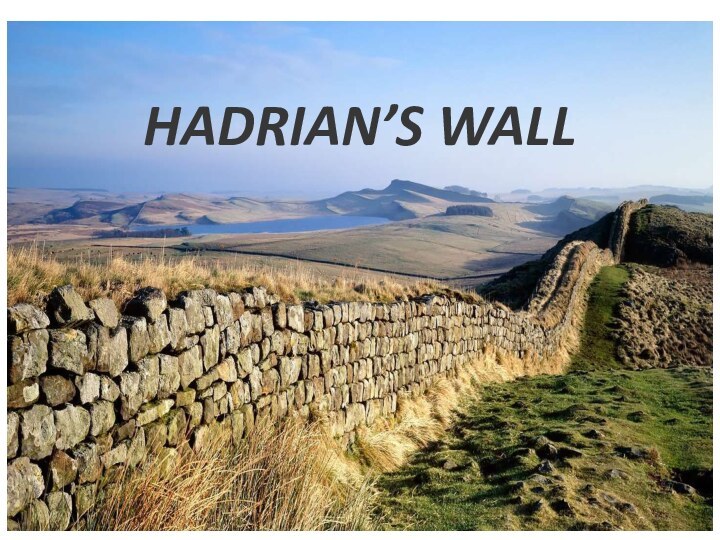
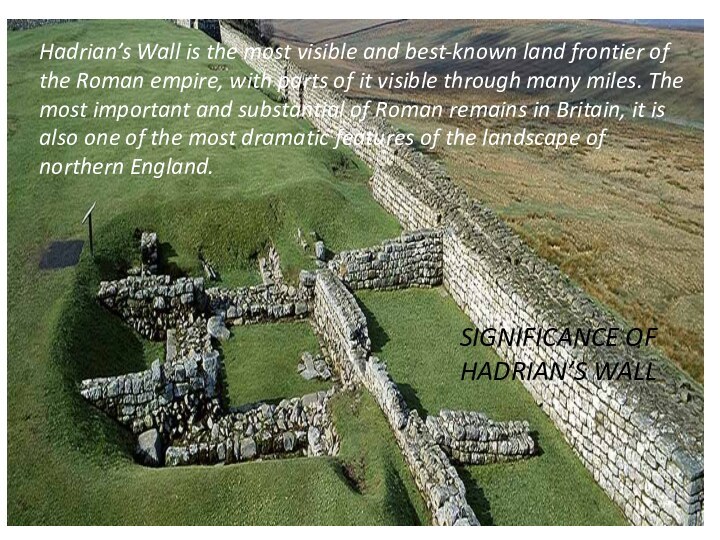
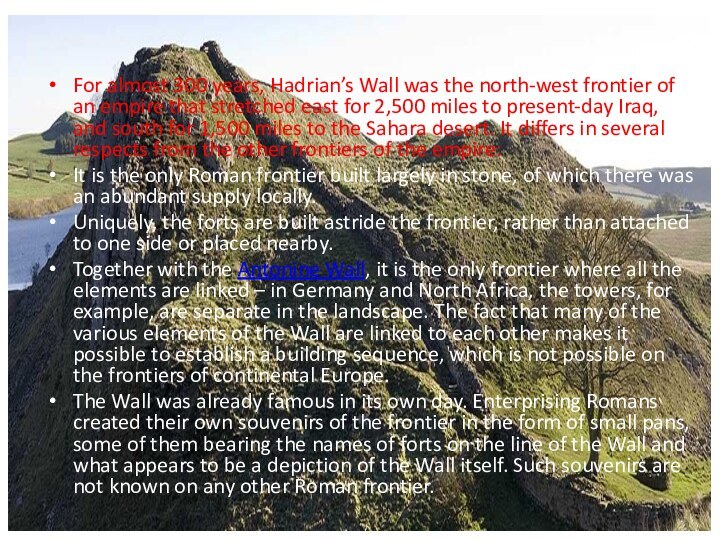
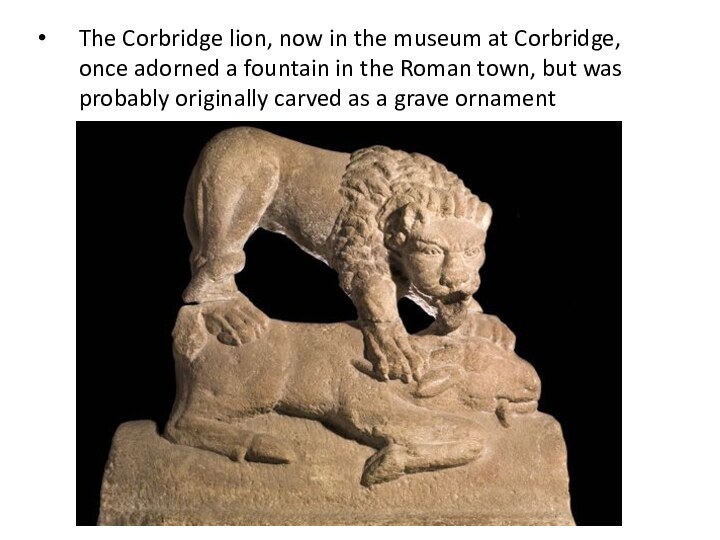
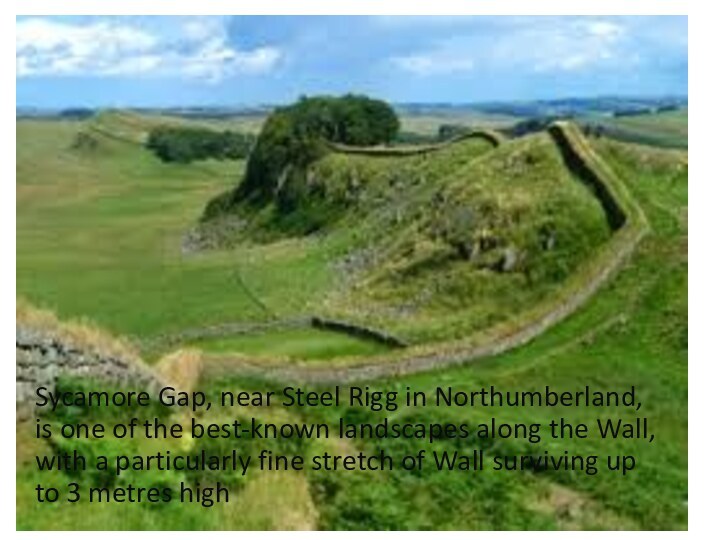
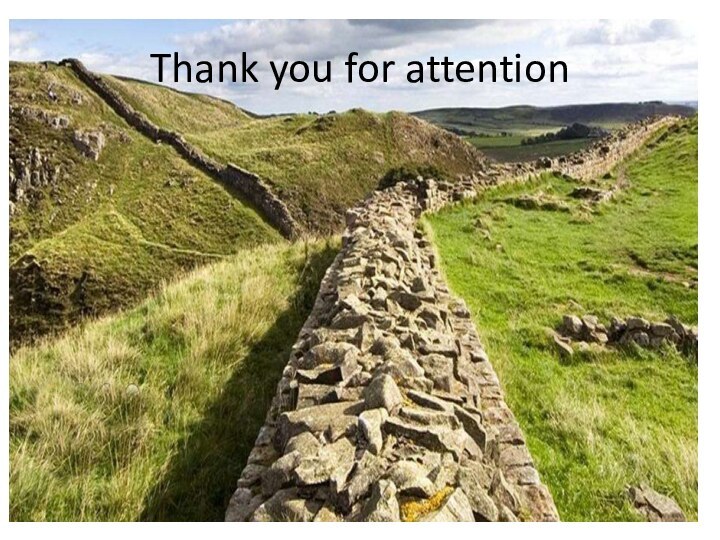
Слайд 3
For almost 300 years, Hadrian’s Wall was the
north-west frontier of an empire that stretched east for
2,500 miles to present-day Iraq, and south for 1,500 miles to the Sahara desert. It differs in several respects from the other frontiers of the empire:It is the only Roman frontier built largely in stone, of which there was an abundant supply locally.
Uniquely, the forts are built astride the frontier, rather than attached to one side or placed nearby.
Together with the Antonine Wall, it is the only frontier where all the elements are linked – in Germany and North Africa, the towers, for example, are separate in the landscape. The fact that many of the various elements of the Wall are linked to each other makes it possible to establish a building sequence, which is not possible on the frontiers of continental Europe.
The Wall was already famous in its own day. Enterprising Romans created their own souvenirs of the frontier in the form of small pans, some of them bearing the names of forts on the line of the Wall and what appears to be a depiction of the Wall itself. Such souvenirs are not known on any other Roman frontier.

